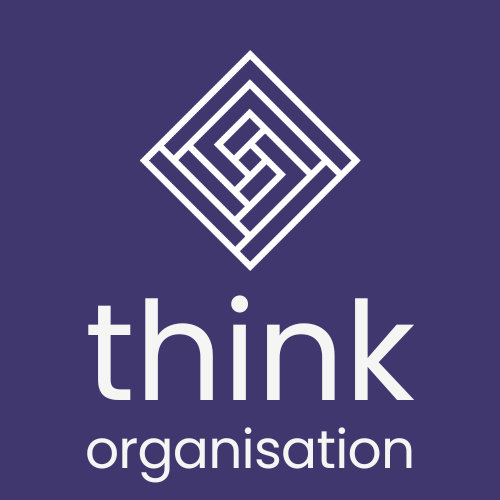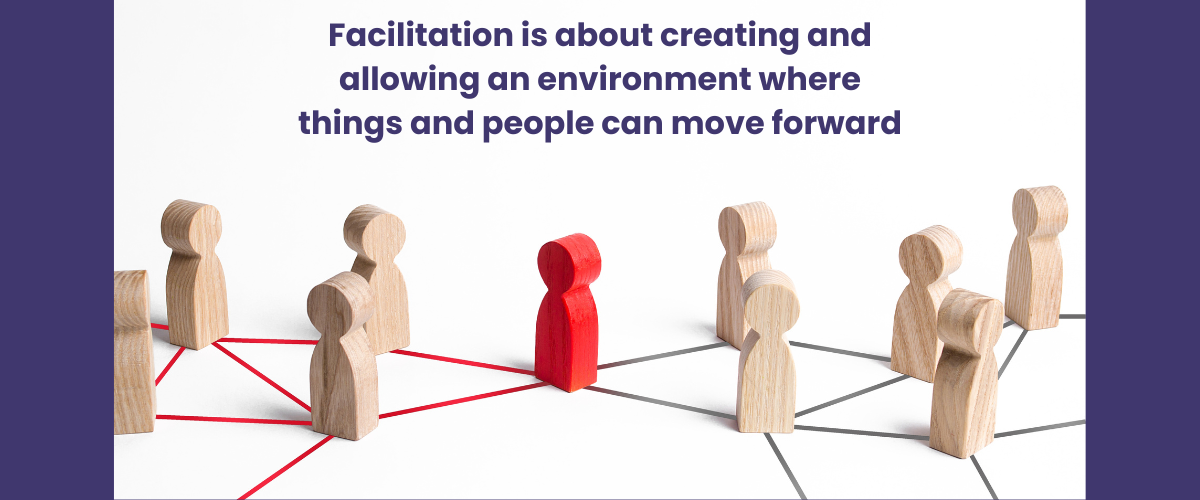Leadership isn’t always about vision boards, strategy decks, and celebrating success. It is about conversations.
Day-to-day, leadership is often about uncomfortable truths, direct feedback, and navigating tough conversations. Yet, how often do leaders or managers get trained in these skills?
For years, and often across organisations, big and small, far too many leaders are side-stepping the conversations that would help their teams thrive. With the increased challenges facing businesses today, suddenly the pressure is mounting, often resulting in a more pressing need to have difficult conversations – but where do you start?
Difficult Conversations: The Cost of Not Being Direct
A senior manager in a financial services firm repeatedly avoided addressing a team leader’s passive-aggressive behaviour in meetings. Instead, she reassured herself that “it’ll settle down.” Over time, others in the team stopped contributing. The team’s engagement scores plummeted, and two high performers left within six months. At the point the client contacted us, they were at risk of losing a third high-performer and sales were at an all-time low.
This is surprisingly frequent. When leaders shy away from honest conversations, avoiding giving direct and clear feedback, poor behaviours go continually unchallenged. This sends a loud, unspoken message to all employees.
That this is acceptable here.
Then, over time, this behaviour can spread. Because, once unchecked, others will copy it and also ‘get away’ with it. After all, if poor behaviour is tolerated, what incentive is there for others to maintain high standards?
Vague Expectations: Mixed Results & Team Frustrations
A tech scale-up promoted a brilliant developer to team lead but didn’t define what leadership looked like in practice. They were asked to ‘just keep doing what you’re doing, but keep an eye on the others. Months later, performance across the team had slipped, and the new team lead was overwhelmed and demoralised. The newly promoted team leader felt like a failure, and both their and others’ work standards had slipped.
Many leaders assume their team members “just get it” when it comes to what’s expected. This can be related to tasks, projects or leading others. However, unless expectations are clear, aligned and discussed regularly, they can quickly become a source of confusion, tension, and inconsistency.
One side gets frustrated, leading to the other side getting frustrated. Which then circles around as expectations are missed. Increasing frustration, reducing well-being.
Unchecked Under-Performance Quietly Drains Team Energy
In an NHS Trust, one team had a consistently underperforming project officer. The team leader, reluctant to “rock the boat,” picked up the slack themselves. They also spread it over others. But over time, resentment grew, from both the team leader and the rest of the project team. Others began reducing their effort, feeling the imbalance, and voicing their frustrations to each other. But although the leader was aware, they didn’t voice it openly. Eventually, the team’s delivery suffered and patient feedback dipped noticeably. Which led to us being called in to help the trust.
When underperformance goes unaddressed, it sends the message that effort doesn’t matter.
This demoralises high performers and breeds disengagement.
The impact is rarely confined to the individual. It spreads. It grows. It manifests in other areas, with other teams. And when there are times of high pressure or challenge, it can erupt and become even more serious.
So what can you do to help resolve these challenges?
1. Reset. Restart. Review.
Depending on how far frustrations have gone, it is important to have a reset of expectations. Explaining the challenges and the vision for what is needed, whilst asking for input from others. This is best done in collaboration and in a planned and restructured way. It is important to review progress. Suddenly changing expectations overnight can cause confusion, so this is an important step in starting to role model being direct, clear and consistent.
2. Select Structured Frameworks To Suit
Using frameworks can add value and help consistency across your organisation or team. It is important to pick frameworks which suit your needs, such as the SBI (Situation-Behaviour-Impact) model. This helps conversations stay focused and objective. It can help people practice short, direct and kind conversations that invite reflection and improvement, not shame.
3. Make Expectations Visible
Ensuring expectations are visible to all is critical. Role profiles can help provide this as an overview. But ensuring role profiles include behaviour expectations, not just task outputs, is critical. There also needs to be regular reviews, with role profiles written and aligned across organisations and teams to ensure aligned efforts. Expectations need to be visible to all, not just in terms of what needs to be done but also in terms of how things need to be done.
4. Have Conversations Early
Don’t wait for issues to grow and get worse. Speak early and take action early. Managing performance does not need to be a formal process if it is tackled early. Using a coaching style, supporting and directing, helps ensure people feel safe. Ensuring time is given for improvements, with clear expectations and people are set up for success, is key. However, timelines need to be followed through. Acting early is critical, but goals for improvement need to be achievable too, along with expectations for delivering them, monitoring and next steps if goals aren’t being met.
5. Share Ownership
It shouldn’t just be down to leaders to communicate and set expectations. The best cultures become self-regulating cultures where team members hold each other to account, supporting each other to improve. Leaders who role model fairness, consistency and honesty help empower others to do the same. With written expectations then people know what to expect, and can help support others to meet expectations in terms of how and what they deliver.
Conclusion – one brave conversation at a time
The best leaders are not the ones who avoid conflict, or highly liked by everyone. They are the leaders who build the confidence and capability to face conflict, to work through it and use it to improve and deliver success. All in the service of something better.
If you’re leading a team, remember: avoiding the awkward conversation today creates a bigger, messier problem tomorrow.
High-performing cultures don’t happen by chance. They’re built one brave conversation at a time.
To learn more, please reach out – [email protected].



